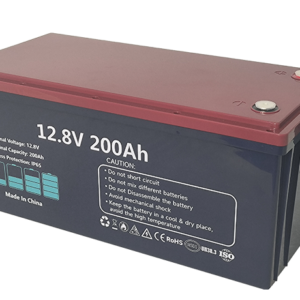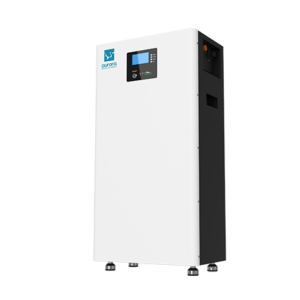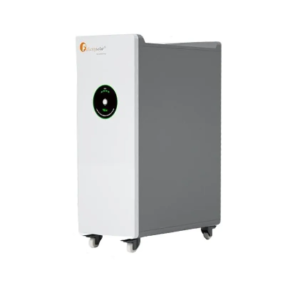Applications
- UPS: Systems Banking, Financial Services & Insurance IT / ITES
- Telecom: Optical NetworkTerminal Telecom Equipment
- Power Back up: CFL/LED Lamps Railway Emergency Lighting Solar Power Equipment Medical Instruments Fire & Security Alarm Systems
FEATURE BENEFIT SNAPSHOT
Cyclic grid alloy for positive plate
- Higher cycle life
Radial grids
- Low internal resistance
- Quick recharge
- High discharge performance
AGM Separator
- Greater compression
- Longer life
Copper alloy screw-type terminals
- Better electrical conductivity
- Absolute positive contact
- Zero wear & tear
Deep discharge capability
- Withstands frequent & long power failures
Low self-discharge
- Longer shelf life
Product conformance
- JIS C 8702-1
DESIGN AND CONSTRUCTION FEATURES
Container and cover sealing
- Heat sealing / Special epoxy sealing for better joint strength
Separator
- High porosityAbsorbent Glass Mat separator (AGM) with low internal resistance
Safety valve
- Self-releasing, pressure-regulating EPDM valve
Positive plate
- Flat pasted plate with corrosion-resistant cyclic lead alloy
Container
- High-impact PP/ABS container for better strength
Terminals
- High conductivity brass terminals for better electrical conductivity
Inter Cell Welding (ICW) or Over patrician joint
- Withstands high rate performance
Electrolyte
- High purity sulphuric acid along with additives to maximize shelf life and to improve heat dissipation
Negative plate
- Flat pasted plate with lead calcium alloy for maintenance-free characteristics
CHARGE SETTINGS AT 25°C
Dual setting
- Boost 14.0V Float 13.7V
Single setting
- 13.8V
Cyclic
- 14.1 V
Current limit (% of rated capacity)
- Minimum : 10% Maximum : 20%
Temperature compensation for charge voltage
- Compensation of I 8mV to be reduced for every I °C rise in temperature and vice versa.
Cycle Life.
- Battery cycle life is highly dependent on the depth of discharge, recharge and ambient temperature that the battery experiences during each cycle. The number of cycles related to the depth of discharge to % capacity is shown in the graph.

Design Float Life.
- The float life of the battery is defined in calendar years at a standard temperature of 25°C when floated with a charge voltage of 2.25 volts per cell. The expected float life of batteries at various average ambient temperatures, when floated with a voltage of 2.25 volts per cell is shown in the graph.

Discharge Characteristics.
- The curves in the figure illustrate the typical discharge characteristics at an ambient temperature of 25°C. The C20 expresses the nominal capacity of the battery at a 20 hr discharge rate.









There are no reviews yet.